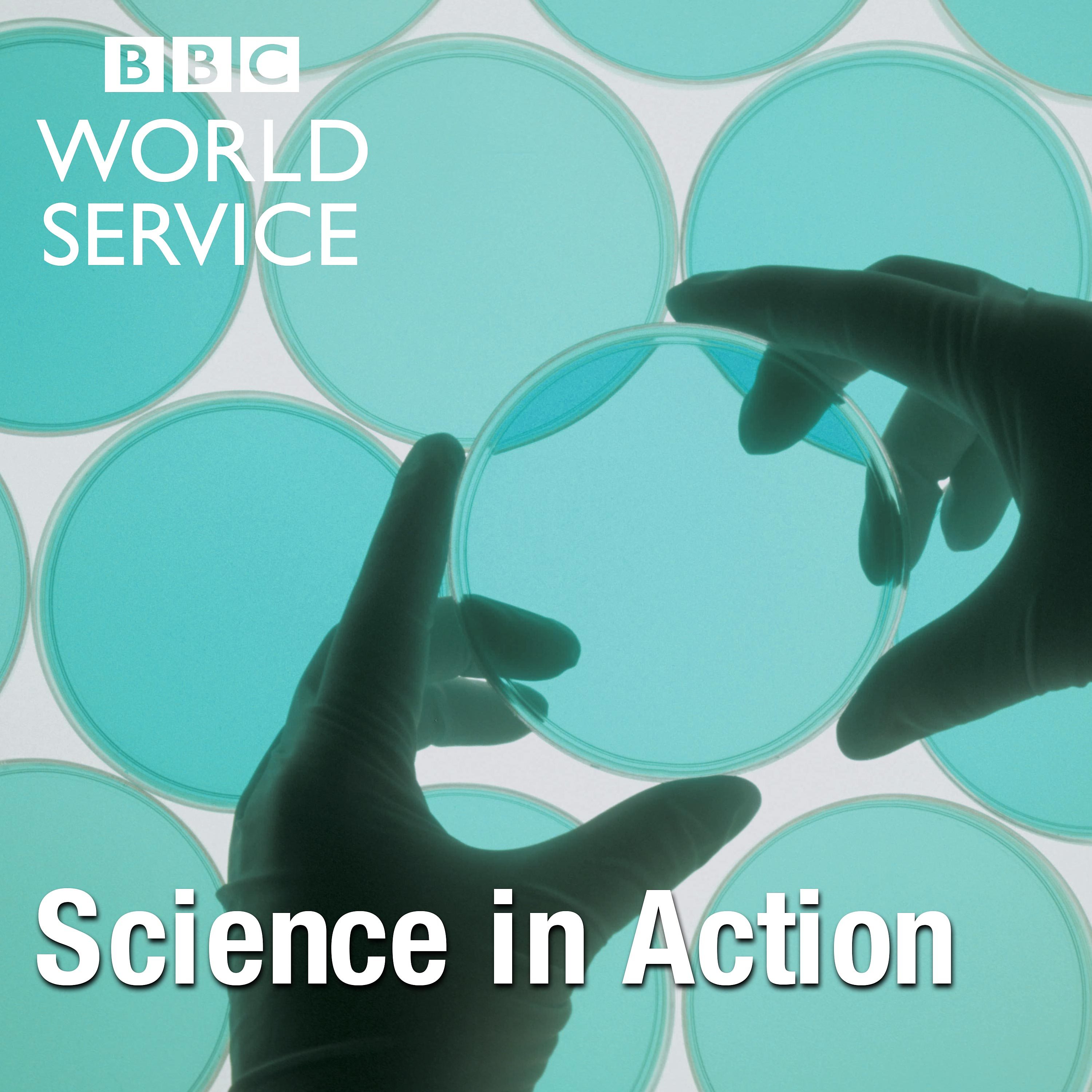
Science In Action
Mar 6, 2025
As the new administration in the US continues to make cuts to government agencies and scientific funding, NOAA – the National Oceanic and Atmospheric Administration has been particularly trimmed. This week the professional organisation for weather forecasters – the American Meteorological Society has published a statement pleading for clemency, arguing that the whole US Weather Enterprise is at risk. It’s current president elect, veteran weather broadcaster Alan Sealls describes how it’s not just US weather forecasts that appear bleak.
As the journal Science Advances publishes a special edition highlighting areas of women’s health research, we speak with two researchers who may have found a link between menopause – or perhaps hormonal changes – and the age it occurs, with Altzeimer’s Disease. Madeline Wood or the University of Toronto and Kaitlin Casaletto of UCSF describe how synaptic health – the fitness of the brain - at death seems even to be less attenuated in women who used hormonal therapy during their menopause. It is not however, yet suggested they are causally connected.
But we do connect research vessel Polarstern to have an update from Autun Purser and Nottingham University’s molecular biologist Liz Chakrabarti on their nearly completed voyage to the Weddel Sea, in the challengingly chilly Antarctic. They are gathering data and surveying the fauna on the sea floor below what is mostly covered in 3-4 meters of ice. The Icefish they see there are some of the only vertebrates not to have haemoglobin – nor even red blood cells – in their blood. So how, we wonder, do they actually move oxygen around their bodies? Maybe when the team publish their findings – which they are racing to do - we’ll find out.
Presenter: Roland Pease Producer: Alex Mansfield Production Coordinator: Jana Bennett-Holesworth
(Image: National Hurricane Center Monitors Hurricane Beryl's Activity In The Caribbean. Credit: Joe Raedle/Getty Images)

